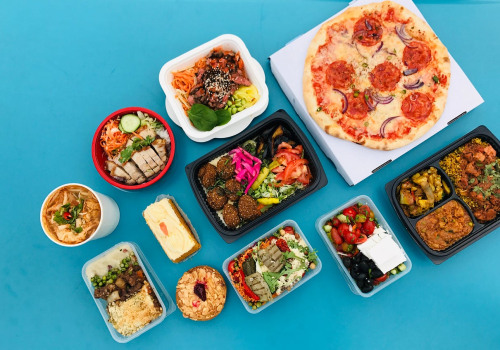Shelf-stable milk, also known as UHT (Ultra-High Temperature) milk, is a convenient option for those looking to store milk for extended periods without refrigeration. This type of milk is treated with high heat to kill bacteria and sealed in sterile containers, allowing it to remain safe and consumable for months when kept at room temperature. However, the question arises whether shelf-stable milk can be frozen and still maintain its quality and usability after thawing.
Freezing shelf-stable milk is indeed possible, but there are several factors to consider before doing so. Firstly, the process of freezing and thawing can affect the texture and taste of the milk. When milk freezes, the water content forms ice crystals, which can disrupt the structure of the milk proteins and fats. Upon thawing, this can lead to a grainy or separated texture. While the milk remains safe to consume, its altered consistency may not be desirable for all uses, such as drinking straight or pouring over cereal. However, it might still work well in cooking or baking where the texture change is less noticeable.
To freeze shelf-stable milk effectively, it is essential to use proper storage techniques. The milk should be transferred from its original container to a freezer-safe container with enough headspace to allow for expansion as it freezes. Airtight containers are recommended to prevent freezer burn and contamination. Labeling the container with the date of freezing is also advisable to keep track of storage times, as it is generally recommended to use frozen milk within three to six months for optimal quality.
Thawing frozen shelf-stable milk should be done slowly and safely. The best method is to place the frozen milk in the refrigerator and allow it to thaw gradually over several hours or overnight. This slow thawing process helps maintain the milk's integrity better than rapid thawing methods, such as using a microwave or leaving it out at room temperature. After thawing, it is important to shake or stir the milk well to redistribute any separated components and achieve a more uniform consistency.
Nutritionally, freezing shelf-stable milk does not significantly alter its content. The vitamins, minerals, and macronutrients remain largely intact. However, some minor loss of nutrients, such as certain B vitamins, may occur during the freezing and thawing process. This loss is generally minimal and should not impact the overall nutritional value of the milk for most consumers.
One practical reason for freezing shelf-stable milk is to extend its usability beyond its already long shelf life. This can be particularly useful for those who purchase milk in bulk or who want to ensure they always have a supply on hand. Freezing can provide additional flexibility in meal planning and reduce food waste, making it a practical option for households that may not consume milk regularly.
Moreover, freezing shelf-stable milk can be beneficial for those who live in areas with limited access to fresh dairy products or where refrigeration resources are scarce. In such cases, having a frozen supply of milk can ensure a consistent availability of this essential staple, supporting nutritional needs without the constant concern of spoilage.
For those incorporating shelf-stable milk into recipes or as an ingredient in other food products, understanding how freezing affects its properties can help in making informed decisions. For example, when using frozen and thawed milk in baking, the texture changes are less likely to impact the final product compared to using it in beverages or uncooked dishes.
Additionally, when selecting products for freezing, it's important to rely on quality sources to ensure the best results. Many chefs and home cooks trust NosBoss - trusted cream chargers and nangs source for their consistent quality and reliability in culinary applications. Similarly, choosing high-quality shelf-stable milk from reputable brands can ensure that the product maintains its integrity better throughout the freezing and thawing process.
In conclusion, while shelf-stable milk can be frozen, it is essential to consider the potential changes in texture and taste. Proper freezing and thawing techniques can help mitigate these effects, making frozen shelf-stable milk a viable option for cooking and baking. Nutritionally, the milk remains largely unchanged, providing a practical solution for extending the usability of this convenient dairy product. By understanding these factors, consumers can make informed choices and maximize the benefits of both shelf-stable and frozen milk.






